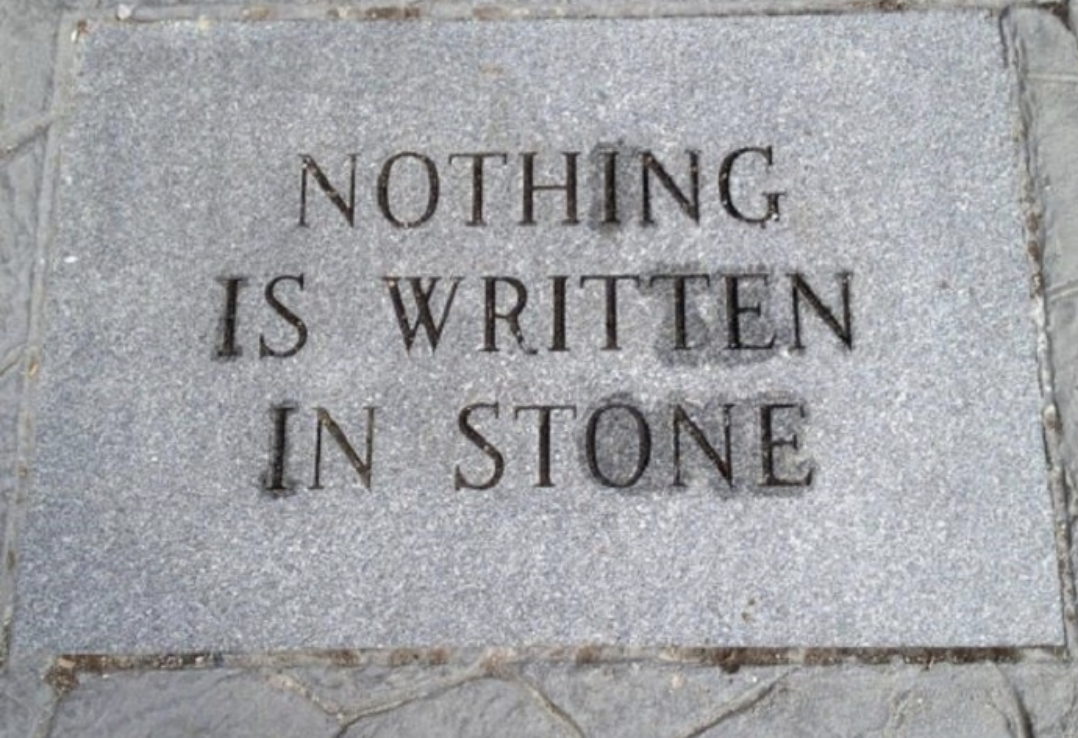Don’t be a data hoarder – tidy up your files with these data management best practices

We all create a lot of data every day through emails, instant messages, and project files that pile up on our computers over the weeks, months, and years, rarely to be referenced again. The vast majority of this data is not needed in the long-term, and keeping too much data for long periods of time creates unnecessary costs, time and risks in today’s world. So it’s important to adopt good data management habits that will ensure redundant data is deleted regularly and valuable data is retained and available when you need it.
Here’s a few Tips to manage data and de-clutter
I. Organize files systematically
Standardizing how you organize your data to help reduce the risk of data loss and speed up the time it takes you to find the data you need or identify data for deletion.
Here are some suggestions on ways to organize:
Filing by Subject/Category
Filing in Alphabetical order
Filing by Numbers/Numerical order
Filing by Places/Geographical order
Filing by Dates/Chronological order
Don’t use too many folders. Having lots of nested folders gets confusing and makes it hard to retrieve what you need. Each folder should have a minimum of about 10 files in it. If you only have two or three files in each folder, reconsider your structure and re-organize.
File and save your records and data in the appropriate document repository (Personal backup, dropbox, ITXdrive etc) once they are inactive.
II. Skip the Desktop – Never store files on your Desktop
You should not save files on your desktop. It might seem like a quick and straightforward thing to do, but a cluttered desktop will impact your productivity and you may lose your files in case of technical glitches, because desktop files are not backed up unless you specifically enable.
III. Skip Downloads – Don’t let files sit in your Downloads folder
File the necessary documents or clear and delete your download folder frequently.
IV. Schedule Time to Declutter
You likely have multiple files, PDFs, documents, and other electronic media and data on your device most of which you don’t need or refer to. The old self-help adage “the only way out is through” applies to this kind of clutter; you have to wade through a lot of information to find what you need which is time consuming. To avoid this it’s important to regularly work out what is important and meaningful and what’s safe to delete.
Take 5 minutes a day to delete emails you don’t need and empty your deleted items folder. This will soon become something you do automatically.
Schedule time in your calendar once or month or once a quarter to review files and documents that you haven’t referred to for a while and delete them if possible.
By regularly decluttering and sticking with it you can start to make a difference and eventually make it much easier to manage your data.
V. Delete Subscriptions
Go through your inbox and start unsubscribing from every mailing list you don’t need to belong to anymore.
VI. Deduplication
Deduplication is the process of finding and eliminating duplicate pieces of data stored in different data sets which can reduce storage needs up to 90 percent. For example, e-mail threads with multiple communications or different versions of working documents.
All the best,
you’re friend @ itXdrive!



